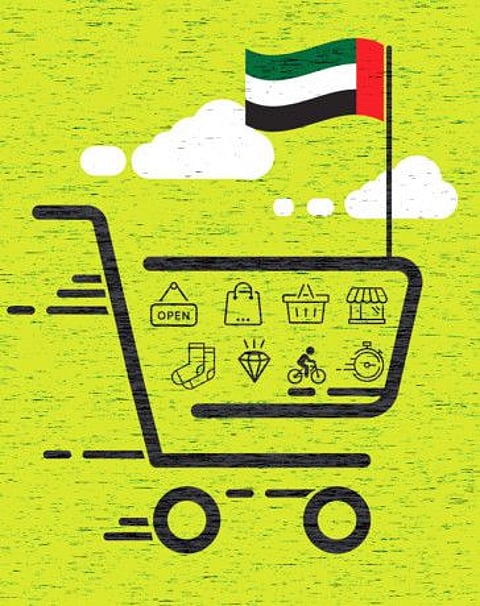UAE’s private sector must be the focus this time
The onus for future growth lies on these businesses

There is no shame in a recession. As country after country has resorted to lockdown measures, it has done so at an exorbitant economic cost.
These costs (which have only just begun to accrue) have been met with stimulus measures, that by most estimates will equal more than 15-20 per cent of world GDP (which is comparable to, if not higher, than costs incurred during World War 2) and have come in the form of debt issuance.
As academics debate the effects of such programmes, the key question remains what will happen to private investment on the other side? Will it revive, and overcome the deflationary impact of the shutdown. Or will this usher in a new Great Depression for our times?
Picking up private sector’s slack
For economies like the UAE, which rely on the “vents of surplus” from other countries, there is no escaping the fact that its fate remains fundamentally intertwined to that of developed and developing economies. On the one hand, given reduced global savings, it is likely that there will be a period of subdued growth as private sector investment recalibrates to newer sectors such as tech and biotech.
When this is dialled up, the scenarios that emerge are painful, with a wave of bankruptcies in the SME sector and infrastructure costs that will have to adjust lower to be sustainable. Curiously enough, these statistical “models” predicted Armageddon for the UAE in 2008-09 as well.
We know that calling for an economic collapse is a mug’s game (which is why so many indulge in it), and yet history shows that the country emerged stronger as targeted stimulus packages had their intended effect. This time the hole is much bigger, but then again so has been the response.
Focus on the small
These are still early days, but what we do know is that stimulus packages work if they allow the private sector to do what it does best, which is to shape the future. The playbook from the last crisis led to renewed risk taking; this time around, the same animal spirits need to be restored, and specifically be targeted at the SME sectors that have suffered the brunt of the lockdown.
The critic in the room argues for conservative framework, seeking out well-capitalised companies; but no SME is well-capitalised. The riskier companies are the ones that need saving the most, for it was not speculation, but rather government fiat that shuttered the doors. Rather than now providing just deferments on loan repayments (which in most cases will not be sufficient), the proactive approach would be to nurture these sectors, such that they can get back on their feet again.
For this to happen, spigots need to opened up, but only then can the vicious downward spiral of defaults and distress be averted.
Give private sector some room
Every crisis necessitates a bailout, and the reality is that not everyone gets it, regardless of need. But here is what we already know: the playbook of the past was an infrastructure one, and for the most part, that play is now over. If the economy is to pivot such that it can capitalise on the superior infrastructure in place, then the “put option” that needs to be in place is for the private sector to get the necessary breathing space that it needs.
To be sure, some of this is already transpiring, but the bigger goal is this phase shift leap of faith in the private sector that the government can provide for the capital generation engine to start up again. The principle of “parsimony” normally arrives when the business cycle turns south, but never before has that inflection point occurred due to government mandate.
It is this principle that needs to be fought, even if it implies that the central bank and/or other government agencies take direct equity stakes in these businesses.
Normality at different speeds
As we look to press “Play” in terms of restarting the economy, the best bet is for everything to return to normal. The reality is that this normal will come at different times for different sectors. In parts of Europe and Asia, where stores have opened, sales have been brisk.
But for the most part, sectors will open at a staggered rate, which means that there will inevitably be business failures. If the goal is to minimise the pain for businesses that committed no folly, then the only recipe that remains is the leap of faith that government regulators (both fiscal and monetary) will need to take for businesses to function in a “risk on” manner again.
The private sector rests on curiously uneven foundations to be sure, which makes the task more challenging. But for a country that has always stood as an example of risk taking and openness, it appears as if this is the only option.
— Sameer Lakhani is Managing Director at Global Capital Partners.
Sign up for the Daily Briefing
Get the latest news and updates straight to your inbox



